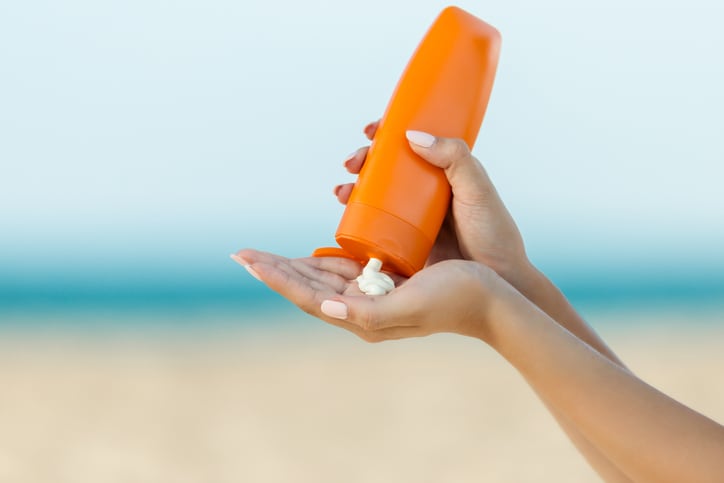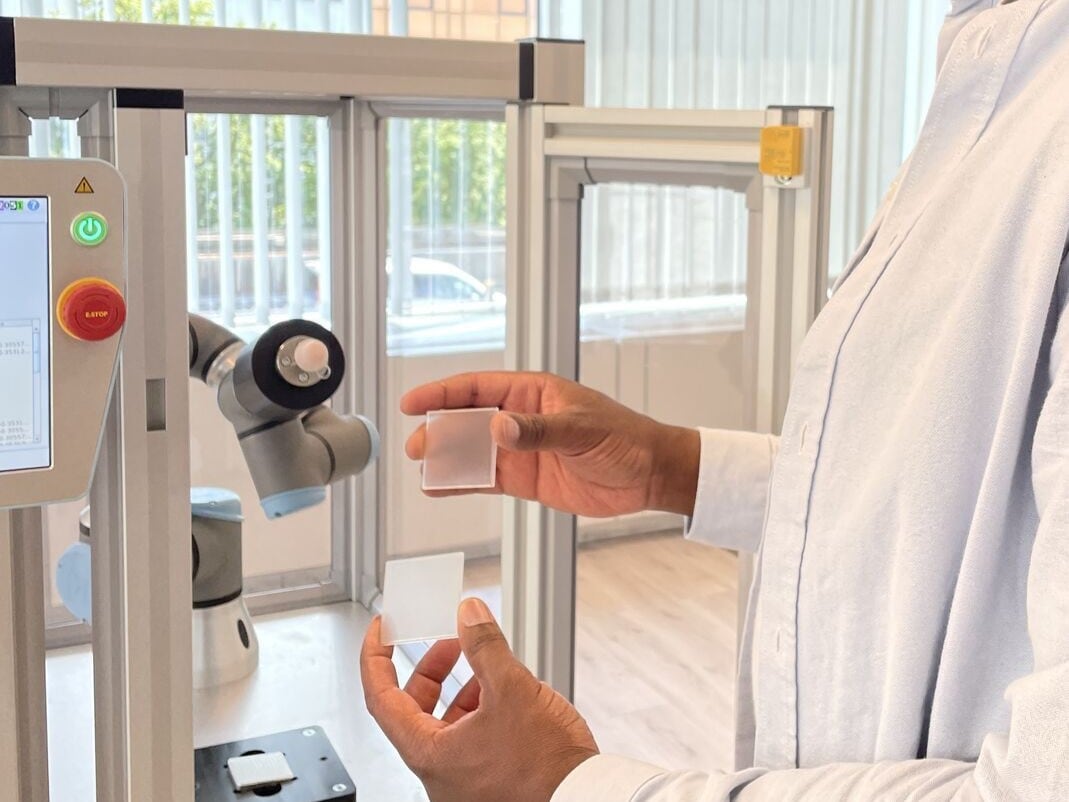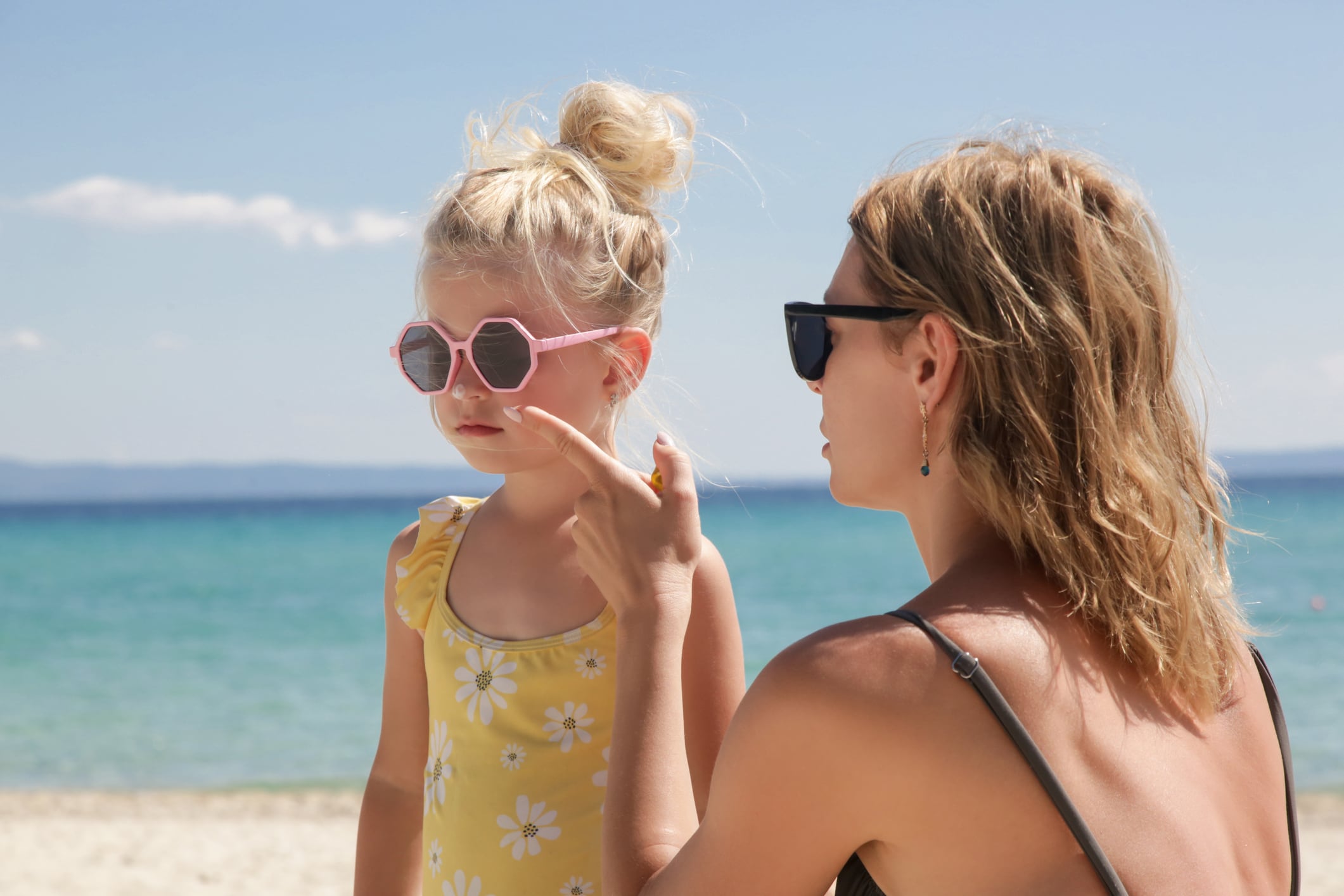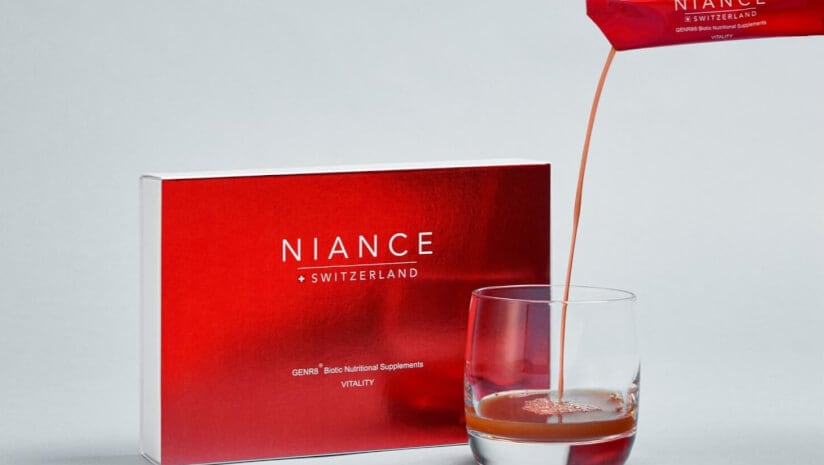In December 2024, two Sun Protection Factor (SPF) test methods were published by the International Standard Organisation (ISO) Central Secretariat. They are now officially recognised as ISO Standard methods.
“These methods are the Double Plate Method (DPM) (ISO 2375) developed by Cosmetics Europe member experts and the Hybrid Diffuse Reflectance Spectroscopy (HDRS) Method (ISO 23698),” explained technical regulatory and international affairs director at Cosmetics Europe, Gerald Renner.
“Both are SPF test methods alternative to the currently used in vivo International Standard (ISO 24444:2019) method.”
Clinically testing sunscreen was not a straightforward process
Clinically testing sun protection products before they could be brought to market has never been a straightforward process. It’s a highly regulated category with a multitude of factors and claims that need to be tested, including Sun Protection Factor: (SPF), UVA Protection Factor (UVAPF), Critical Wavelength (CW), and Water Resistance (WR), to name a few. Fortunately, these procedures were globally harmonised by the ISO (International Organization for Standardization) standard.
Prior to December 2024, the in-vivo SPF test protocol used in Europe (ISO24444/2019) was widely used to support labelled protection claims or in-market control.
Despite so many tech advancements in the personal care industry in recent years, testing Sun Protection Factor (SPF) still needed to be evaluated on the skin of human volunteers using an in-vivo test.
Although this test has been the best option until now, there were ethical issues to consider because erythema (skin reddening) was used assess the UVB exposure. To simplify this: the SPF value given on a bottle of a sun protection product was being determined by burning the skin of human volunteers with UVB radiation.
This was long the ‘gold-standard’ test for sunscreen products sold in the EU market because it was the most reliable option to show efficacy, but it was also invasive, time-consuming, expensive, and posed ethical concerns.
“For more than 30 years. Cosmetics Europe members (including major European sun-product manufacturers) have been working on these new test methodologies to make sure that there is an objective, reproducible testing that allow those standardised testing methodologies,” Renner explained.
“We wanted to create a level playing field between the companies. And obviously if there is something wrong with your SPF claim, there could be some harm done,” he said.
Renner agreed at that the way SPF testing was being done “has some limitations because it’s a test protocol that was developed more than 40 years ago.”
There have also been concerns raised about its accuracy because the sun cream was applied to the skin by humans rather than machines, which could affect the end outcome, and the level of sunburn on the skin was also assessed by humans.
According to Renner, in 2006 the European Commission had made a recommendation around sun protection claims and labelling, stating that there should be standardised test protocols and preference should be given to in vitro tests.
“Why? Because, if you test with human volunteers, you expose them to UV light to the point of burning the skin, which is exactly what dermatologists say shouldn’t be done,” he explained.

“A significant scientific advancement in sun protection"
The publication of the new ISO methods means that sun care companies in the EU market now have a new way to test the efficacy of sun protection products that avoids some of these issues.
“The publication of the Double Plate Method as an ISO standard method, represents a significant scientific advancement in the field of sun protection,” said Renner.
He explained the benefits of this new testing method:
- The DPM does not require human volunteers to test SPF, which makes it the only fully in vitro SPF ISO Standard method.
- It provides results that are consistent with those obtained using ISO 24444:2019.
- It provides reliable, repeatable and reproducible results. This means that highly comparable results are expected to be achieved while re-testing the sun protection products in different laboratories as well as re-testing it multiple times in the same facility.
- As the two plates used in the DPM are moulded and sandblasted, the surface of the plates allows for the sun protection product to be spread in a way that highly resembles how it would be spread on human skin.
What is the Double Plate Method?
Renner has been working on the Double Plate Method for 20 years and says it is a preferable alternative to the previous option.
“This has advantages in that we don’t need to burn the skin of human volunteers. It also takes out some of the inherent variabilities,” he said.
“When you do the in vivo (human) test, there are several other ‘human’ factors in there. It’s a human who applies the product on the skin, and we know that how the product is applied really influences a lot the actual SPF that you get. When two different people apply the same product onto the skin, there will be a difference, even if it’s slight. So, to standardise this is extremely difficult. We solved this by using a robot to apply the product – it can follow a pattern with a specific pressure that doesn’t change.”
The method has in fact replaced the human volunteers with two different types of ‘plastic’ plates combined, which predict how the skin feels.
The ‘plastic plate’ is in fact a little square that has a surface that’s treated to mimic the skin. It has grooves just like the skin has and the product fills these grooves just as it would on the skin.
There are other issues with the current testing method, too. For example, to assess the results, the test subject comes back to the testing lab for someone to assess whether the skin is burned, which this can be very subjective. Although these are trained assessors, there can be differences in opinion.
There’s also the limitation that the darker the skin of the human volunteer, the more difficult it is to see the actual erythema. Whereas for the plate, there is no colour.
“You also can’t do human testing in the summer months because people are already tanned, but this new testing method can be done at any time of the year. Plus, we can also test many more products in the same amount of time,” Renner explained.
Renner also highlighted that the new method is also significantly cheaper for businesses.
“There’s an upfront investment of the robot to apply the sun product, but the other materials are something you probably have in a testing house already. These plastic plates don’t cost a lot, so the testing is very cost-effective too,” he explained.
“We have tested hundreds of products. We already have the in vivo results from the human testing, and we validated our method with hundreds of products to see if we got the same results. And it’s a very good correlation,” he said.

New method fulfils EC’s 2006 recommendation
As a fully in vitro method, the DPM also fulfils the vision laid out in the European Commission’s 2006 ’Recommendation on the efficacy of sunscreen products and the claims made relating thereto,’ which highlights that the degree of protection against UVB and UVA should be measured using standardised, reproducible testing methods, with preference given to in vitro testing methods,” continued Renner.
“One of the challenges is getting the method more widely known among the laboratories that test SPF in sun protection products,” he continued.
“In terms of next steps, we will continue to raise awareness of the DPM, introduce the DPM to the laboratories and provide training on it to interested parties.”

Developing a method to also measure UVA protection
Going forward, Renner said the next step is for the task force to “develop a method that measures UVA protection at the same time (as it is currently measuring SPF rating; UVB protection), but we haven’t validated that step yet.”
“So, companies will still need to do two tests for UVB and UVA right now, but in the future, this is likely to become one combined test,” he said.
He said that this should go into first revision of the method, which would need to happen before 2030 to meet regulatory requirements.
“Currently, UVA testing can already be done in vitro, and this is another relatively cheap and simple test, but of course, doing it all-in-one would be more convenient,” he said.
“There are also other sun protection tests for us to consider,” he continued. “For example, the ‘water resistance’ claim. As for water resistance testing today, you still need to sunburn consumers, because the only method that exists is the human volunteer method. You measure the SPF before you put them into jacuzzi, and you measure the SPF again after this.”
Renner said they are also currently working on an in vitro method that can measure water resistance.





